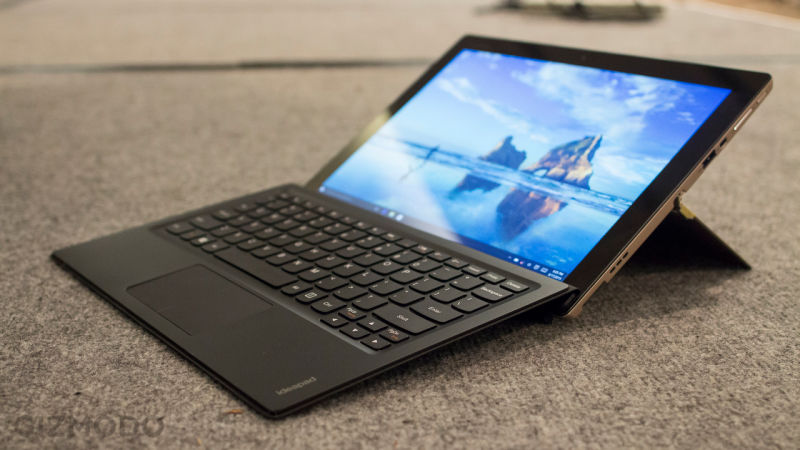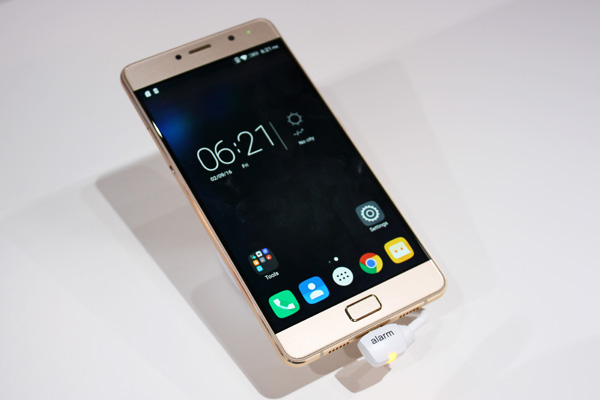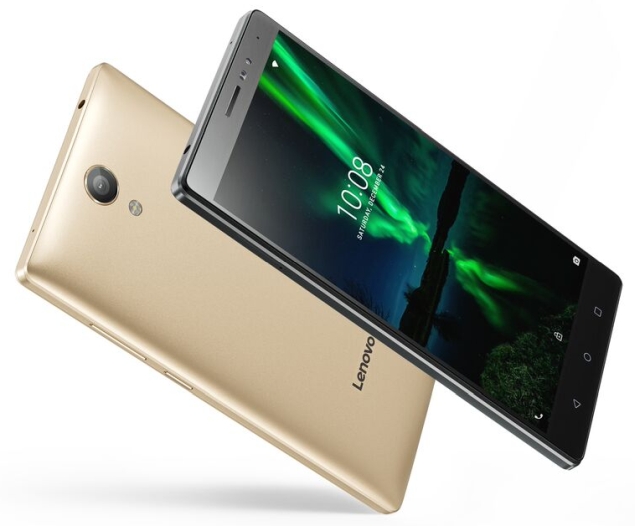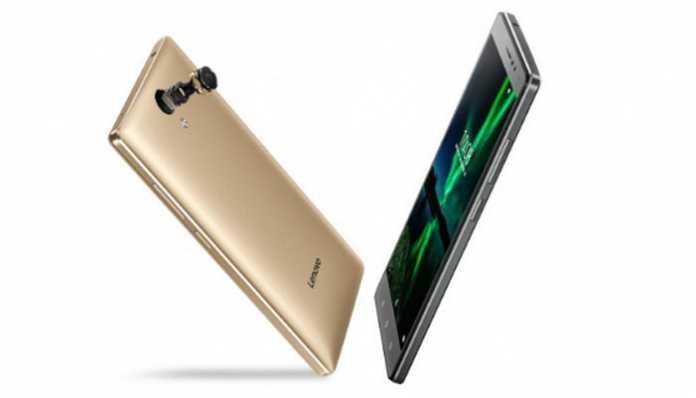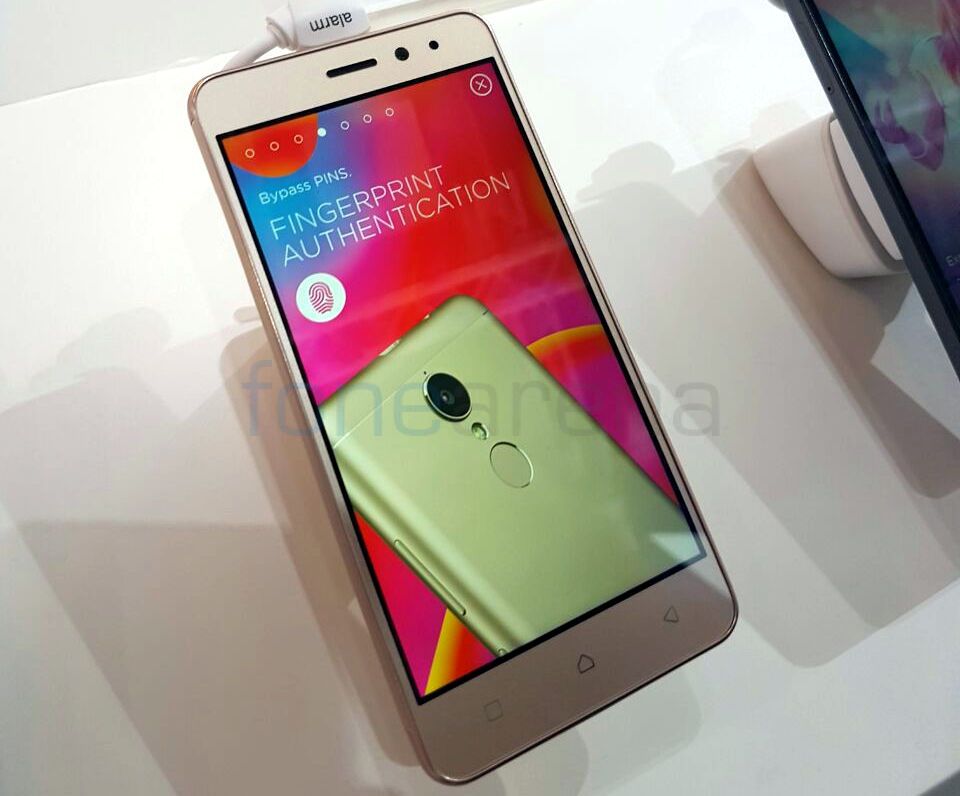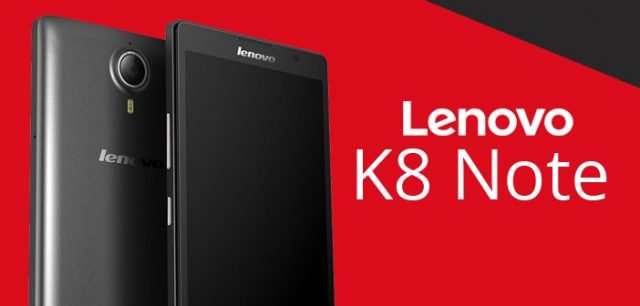Lenovo is tipped to be working on a 2-in-1 lineup
After Microsoft releasing its new Surface series at the October event, Lenovo is tipped to be working on a 2-in-1 lineup. This Chinese tech company unveiled an upgraded Miix 510 in August and now the company is working on offering a new 2-in-1 to its Miix range. Some details about this new Miix 520 have been leaked online with some unofficial details that reveal its design.
Lenovo debuted in the 2-in-1 device arena along with its Surface clone last year. At this year’s IFA event, the company Miix 510 that featured 12.2-inch HD display, and packed with 8GB of RAM and storage of up to 1TB. According to the recent reports by WinFuture, Lenovo is working on a Surface-like 2-in-1 is in the process and details have been leaked out. Contrasting the Miix 510, Lenovo Miix 520 is expected to be powered by the latest Intel Kaby Lake processor, paired with 16GB f RAM. It features a 12.3-inch display with the resolution of 1920×1200 pixels along with Gorilla Glass offering Scratch protection.
The leaks also have it that the battery of the new Miix 520 will be able to offer up to 10 hours of battery life on a single charge. The device will also house a fingerprint scanner. It is also tipped to tout the Dolby Advanced Audio certification. Coming to the storage of Miix 520 is expected to have a storage of 1TB that can be further expanded via microSD card.
Regarding cameras, it expected to sport an 8-megapixel and 2-megapixel sensor duo setup at the back, on the other hand, it will have a 5-megapixel front shooter. The secondary camera placed at the back is tipped to work for enhanced reality applications. For connectivity, it will have Bluetooth, WI-Fi, and LTE connectivity. It is also tipped to have two USB Type-C ports and one USB 3.0. Miix 520 is expected to integrate Windows Hello on its platform.
According to the reports, in terms of, design Lenovo Miix 520, will look similar to its predecessor Miix 510. It may also be packed by an optional keyboard along with Watch Brand crux and a stylus for handwriting inputs.
These details are quite preluding; hence, we cannot make a valid conclusion based on these.

